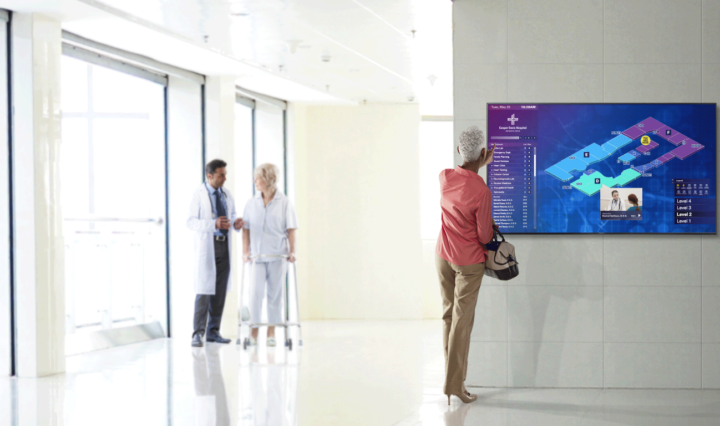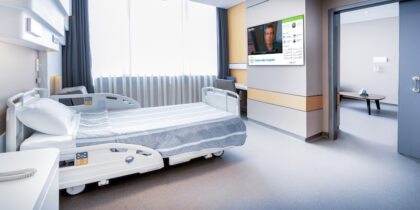Medical robots have come a long way since the beginning of this century, and recent news indicates even more progress. In October alone, we saw the launch of a new, international robotics conference and the prediction of double digit growth within the sector.
Growing Market, Growing Potential
A recent report from Scalar Market Research estimates that the medical robotics market will grow from $5.38 billion in 2016 to $14.56 billion by 2022. This growth is attributed to robotics’ role in answering many major healthcare challenges, including a lack of skilled medical faculty, rising healthcare labor costs, a growing geriatric population and increases in healthcare expenditures overall.
Growth is expected to be particularly high in medical facilities that use medical robots to mechanize operations and receiving techniques. Considering the natural synergy of robotic surgery and telemedicine, it would be a good idea to keep an eye out for developments in the intersections of these two areas.
Much like tablets, smartphones and other telemedicine solutions, robots allow patients to limit the amount of travel required to access complex surgical procedures. San Angelo Community Medical Center in Texas, for example, just marked its 1,000th robotic surgery and made a name for itself as a leader in the field. In the home, robots can help enhance growing telemedicine services by easing care for patients who aren’t able to leave their residences.
Robotics in healthcare and have come a long way since the da Vinci Surgery System got FDA approval back in 2000. Today, we’re seeing advancements such as nanorobots, more innovative uses in surgery, and robots that play crucial roles in telemedicine solutions. Pillo, for example, the “world’s first artificially-intelligent healthcare companion,” is able to answer health questions, dispense vitamins and medications, sync with your wireless and wearable devices and even connect patients with caretakers via mobile alerts.
Technology revolutionizes the patient experience.
Learn about more ways that hospitals are using digital solutions here. Download Now
A Groundbreaking Conference
This past week, the first World Medical Robotics Conference was held in Shenzhen, China. The conference highlighted the emerging role medical robots are playing in the healthcare and medical industry, and focused on research in clinical applications as well as the industrialization of robots. Other topics covered included rehabilitation robots, surgical robots and artificial intelligence. Fittingly, the conference broadcasted a live surgical operation performed by medical robots.
Practitioners, patients and healthcare leaders should keep an eye on medical robotics, not only as a field unto itself, but also as it integrates into the most fundamental modalities of health- and self-care.
Learn more about how our full line of healthcare technology solutions can improve the patient experience and reduce expenses.











